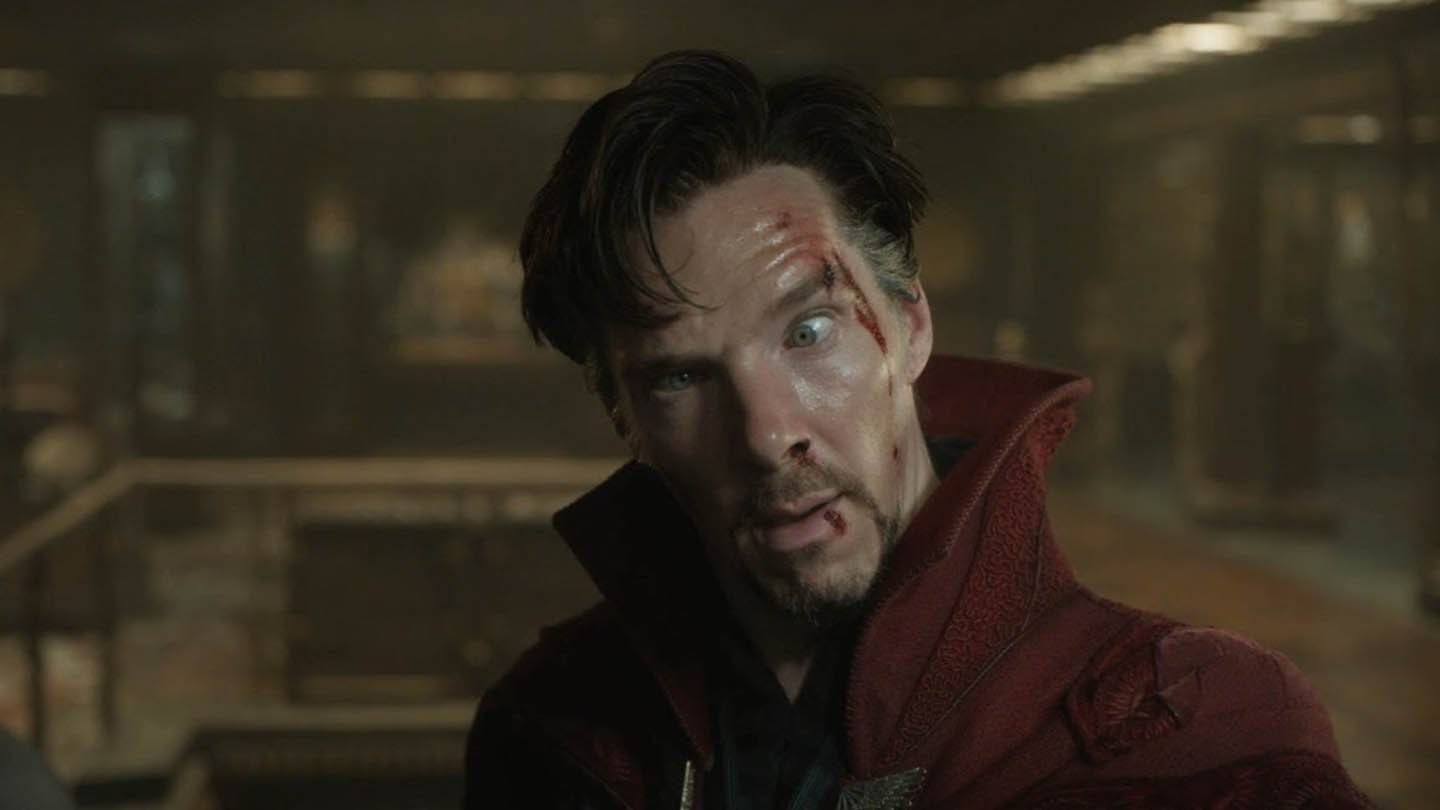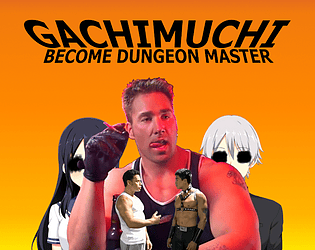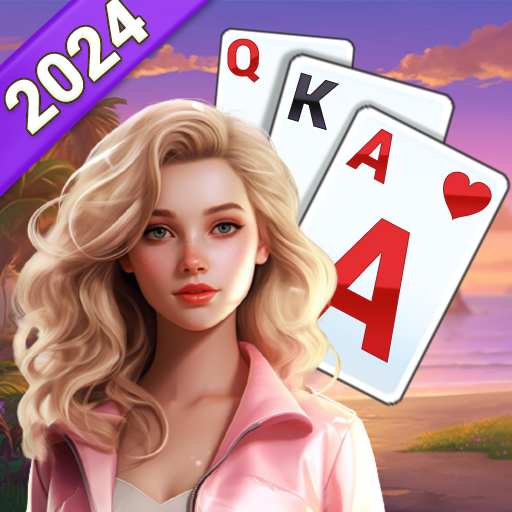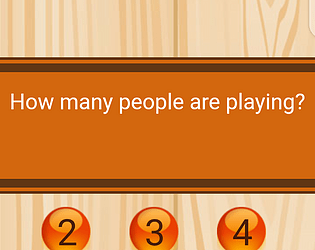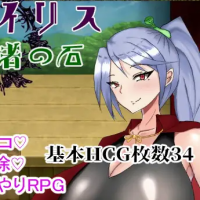At the start of April, Nintendo's highly anticipated Switch 2 Direct presentation concluded on a surprising note. The event was filled with excitement, showcasing a plethora of innovative features and an extensive lineup of upcoming games. However, the absence of the console's price led to a wave of speculation and concern among fans. It wasn't long before their fears of a significant price increase were confirmed. Nintendo later revealed on the newly launched Switch 2 website that the console would be priced at $449, marking a $150 increase from the original Switch's launch price of $299. This announcement, coupled with the news that the Switch 2's flagship launch game, Mario Kart World, would cost $80, sparked a mix of anger over the lack of transparency and worry about the console's market performance.
The reaction from some Nintendo fans, still reeling from the Wii U's lackluster performance, was immediate pessimism. Many feared that the elevated price of the Switch 2 would shrink its potential buyer base, potentially leading Nintendo into another period of struggle. The concern was that, at $450, the Switch 2 was priced similarly to the PS5 and Xbox Series X, despite being considered last-gen technology. However, these fears were quickly dispelled when Bloomberg reported that the Switch 2 was poised to become the most successful console launch ever, with projections estimating sales of 6-8 million units. This would surpass the record of 4.5 million units set by the PS4 and PS5. It's clear that, despite the price, there is a strong demand for the Switch 2, which aligns with historical trends in console launches.

While the Switch 2 is a premium-priced device, it's positioned comparably to its competitors. A look back at Nintendo's history, particularly the Virtual Boy, provides insight into why the Switch 2 is set to succeed. The Virtual Boy, launched 20 years ago, was Nintendo's first and only attempt at virtual reality. Though the concept of VR has always been intriguing, and its popularity has surged in recent years, the technology in 1995 was not ready for the mass market. The Virtual Boy, with its cumbersome design requiring users to hunch over a table and its limited, red-hued display, along with reports of causing headaches, failed to meet consumer expectations and did not deliver the immersive experience people craved.
In contrast, the Switch 2 is more akin to the successful Wii, which introduced well-functioning motion control technology that refreshed the gaming experience and attracted a diverse audience. The Wii's innovative approach to gameplay expanded the gaming community far beyond traditional gamers, making it a household name. The enduring popularity of motion controls in Nintendo's subsequent consoles, essential for games like Pikmin and Metroid Prime, underscores the Wii's lasting impact.
Creating a highly desirable console is not unique to Nintendo; Sony's PlayStation 2, with its DVD playback capability, was a must-have in the early 2000s. However, when Nintendo hits the mark, it does so with distinction. The original Switch's seamless transition between handheld and console modes revolutionized the gaming landscape, merging the two categories in a way that remains popular today. The main critique of the original Switch, aside from Joy-Con drift, was its limited power, which the Switch 2 addresses effectively. Though not as groundbreaking as its predecessor, the Switch 2 is still a console that gamers want.
The Switch 2's pricing aligns well with that of its competitors. While desirable hardware is crucial, the Wii U's failure highlights another key factor in a console's success: the availability of compelling games. The Wii U launched with New Super Mario Bros. U, a game that failed to innovate and did not inspire purchases. Other flagship titles like Donkey Kong Country: Tropical Freeze and Super Mario 3D World also fell short of expectations at launch, though they later found success on the Switch. The Wii U lacked a standout game that could drive sales, unlike the Wii's Wii Sports, the Switch's Zelda: Breath of the Wild, and the DS's Super Mario 64 DS.
In contrast, the Switch 2 not only benefits from the robust game library of its predecessor but also introduces new ways to enjoy these games, through graphical enhancements and new content. Mario Kart World, the Switch 2's launch title, reinvents the series with an open-world approach reminiscent of Forza Horizon, offering a fresh experience compared to Mario Kart 8 Deluxe. Additionally, a month after the Switch 2's release, Nintendo plans to launch the first 3D Donkey Kong game since 1999, which resembles a Donkey Kong version of Super Mario Odyssey, adding to the excitement. In 2026, an exclusive FromSoft game with similarities to Bloodborne will further expand the console's appeal. These offerings provide multiple reasons for gamers to invest in the Switch 2.
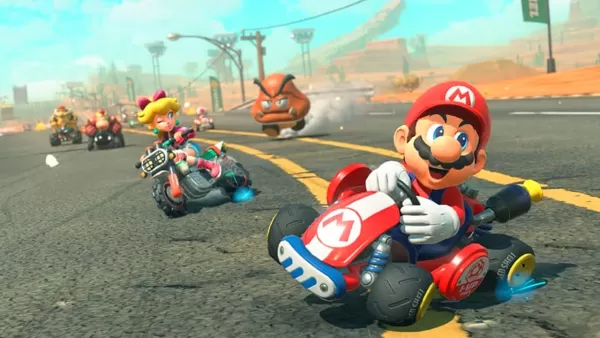
While the price of the Switch 2 at $449 is certainly a consideration for many, it is in line with what competitors are charging for their flagship consoles. The standard PS5 and the Switch 2's Mario Kart World bundle both retail at $499, and the Xbox Series X is priced similarly. Although the Switch 2's hardware may be less powerful than the PS5, its unique features and extensive game library justify its price. The PS3's launch at $499 to $600 (adjusted for inflation, $790 to $950) in 2006 set a precedent for high-priced consoles that initially hurt its sales, but in 2025, the Switch 2's price is well within the established norms of the industry.
Nintendo's distinct position in the gaming industry stems from its ability to create groundbreaking games that set new standards, and gamers are willing to pay a premium for them. However, the Switch 2's pricing is not a premium over the competition; it's on par with other leading consoles. While it may not match the PS5's power, the Switch 2 offers a package that consumers want, filled with desirable games. There is a limit to what people will pay, and if game prices continue to rise, Nintendo might reach that ceiling. For now, though, the Switch 2's price is aligned with the industry benchmark, which has been validated by the over 75 million PS5 units sold to date.



